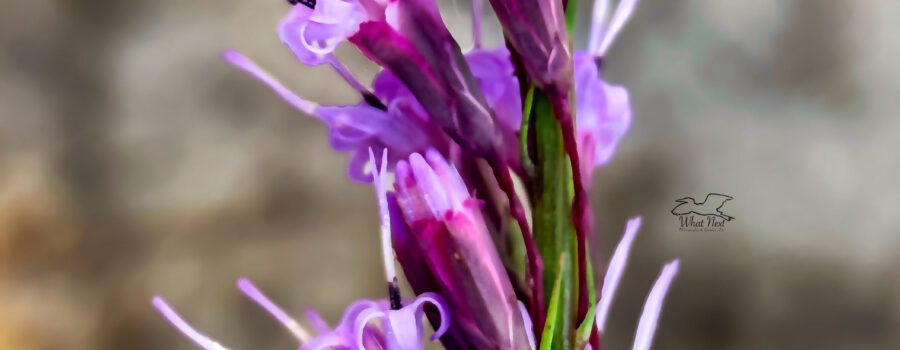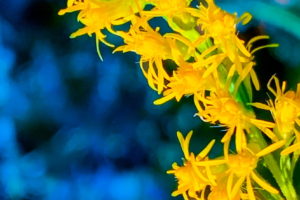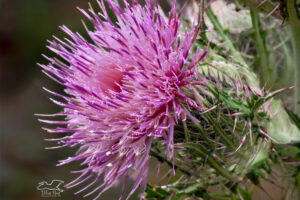Shaggy Blazing Star is a Beautiful Addition to the Sandhills

Some people may think that the sandhills are pretty uninteresting since they tend to be sandy and dry, but they are actually a beautiful and vibrant habitat. Having lived in the sandhills a good while now, I have definitely come to appreciate that fact. I am not a gardener, so I have tried, within reason, to leave my property pretty much as is. I really enjoy seeing the native flora and fauna in my own yard, and even though I’ve lived here for over 30 years, nature still surprises me on a pretty regular basis. One afternoon I had stopped at the Bailey Trails section of Gothe State Forest on my way home from work. It was my intention to do a little hiking on the trails which are literally almost in my backyard. When I got out of my truck in the parking lot, I spotted some Florida paintbrush (Carphephorus corymbosus) with a couple of zebra longwings (Heliconius charithonia) flitting around in it, so I went over to shoot some photos. That lead me into a patch of this gorgeous blazing star.

I was familiar with blazing star as an ornamental plant, but this looked a bit different. The flowers were not arranged in racemes like the ornamentals I was familiar with, and they looked similar, but had a slightly different structure. When I got home later, it took some real research to identify them. It turns out that they were indeed blazing stars, but not the familiar ornamental, dense blazing star (Liatris spicata), but a much less common type known as shaggy blazing star (Liatris elegantula). This particular blazing star has a pretty limited range being found in only four states, Florida, Alabama, Georgia, and Mississippi, and only in some counties within these states. It is found in the sandhills, pine and oak forests, and palmetto scrub habitats. It can also be found along roadsides, at forest edges, in open fields and pastures, and along power lines. It prefers moist but well drained sandy soil with a somewhat acidic pH.

Shaggy blazing star is also known as grassleaf gayfeather, sandhills blazing star, Greene’s elegant gayfeather, elegant gayfeather, elegant blazing star, and elegant shaggy blazing star. It is a member of the aster family (Asteraceae) and is a perennial that usually flowers between August and November. Flowers tend to be paler, almost pink in August and slowly darken into the fall. It is very attractive to pollinators, especially bees and butterflies. Remember, I discovered this patch by following a zebra longwing. It also attracts hummingbirds and rabbits when blooming. Once it seeds, the seeds are eaten by a number of bird species, including some that are migrating through the area. Finally, shaggy blazing star has been used medicinally to treat colic, headaches, arthritis, and as an antiseptic wash.

All in all, shaggy blazing star is a pretty cool plant. Interestingly, two days after my visit to the Bailey Trails, I discovered a patch of shaggy blazing star growing in my front yard, again fairly close to a cluster of Florida paintbrush. Unfortunately, mine didn’t have any pollinators on it at the time, but I was quite pleased to discover it and I’ll keep an eye on it for the rest of the fall. I’m always looking for interesting pollinators and birds.






Recent Comments